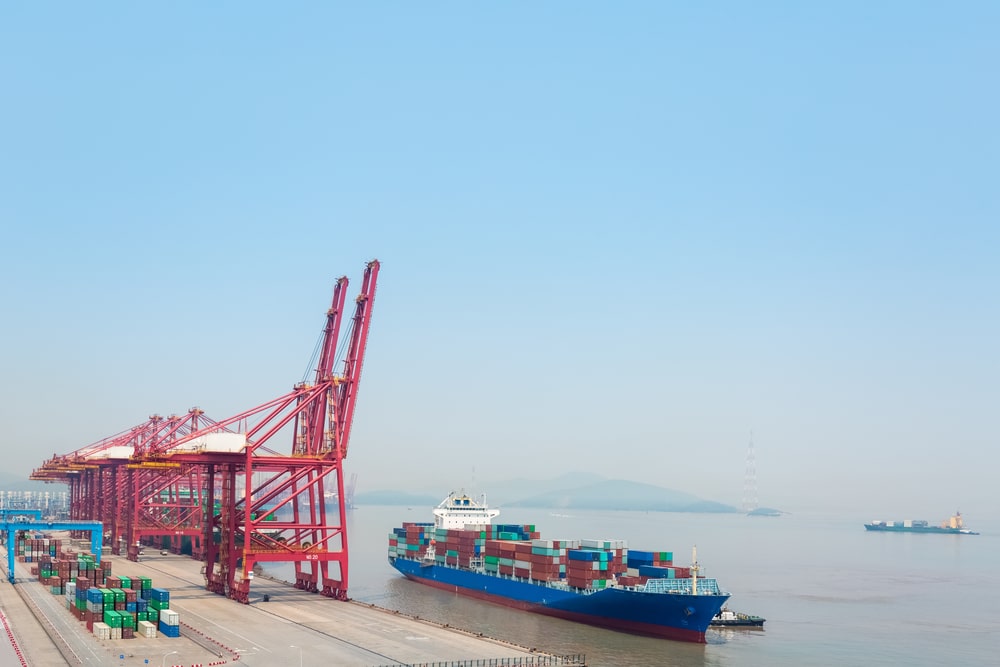
Republished with the kind permission of Insurance Day
Global shipping trade is being disrupted like never before by the COVID-19 pandemic.
On the one hand, the pandemic is creating a large demand for goods such as technology devices.
Yet, at the same time, the new safety restrictions on the handling of items at ports have increased the processing of goods at ports.
This increase in the processing of goods at port complicates the picture for marine professionals because any rise in COVID cases, which results in a lockdown in locations at a major port such as Yantian, for example, wreaks havoc across global supply chains.
However, this congestion at ports is not a new phenomenon. In the last few years, global trade has become more and more concentrated within certain key ports across the globe. As a result, more than 55% or $7.5 trillion of global trade is now concentrated within 50 key ports, according to Russell’s analysis.
The result is a large aggregation of risk at these ports, meaning that an incident or blockage causes ripple effects that harm organisations, consumers and the wider economy.
In 2021, we have seen two high profile incidents with the Suez Canal blockage and the port disruption in Yantian due to rising COVID cases.
Many shipping companies have become aware of this issue. In a statement during the port disruption at Yantian, Maersk noted its concern, saying that the “unceasing congestion is becoming a global problem”, revealing that due to COVID-19 and a rise in the volume of trade, “terminals are becoming global bottlenecks and that it continues throughout the logistics chain too.”
The statement went on to note that this issue is not just limited to Yantian and that “there are many other ports where a one- or two-day wait is becoming the norm, even if the ship arrives on schedule.”
Despite growing awareness of the issue of port accumulation, the current analysis of this rising insurance exposure seems to be looking at the problem through the wrong end of the telescope. Surely, a better approach would be to look at global trade as a whole and then break down the exposure from that trade across country, company, port, commodity and operator levels.
The benefit of such an approach for an underwriter, is that they can track, identify and analyse their aggregations from each port, therefore ensuring that their businesses are robust enough to weather any potential shocks, thus protecting their balance sheets. Furthermore, the information gained from this approach would allow underwriters to better value and price their portfolios.
Alternatively, for a corporate, this strategy would help c-suite decision makers understand and know their business networks better. Having access to potential exposure at a port, company, operator and commodity level, will help a multinational company identify any potential vulnerabilities in their network. For example, highlighting the company’s exposure across ports by customer and/or supplier, whilst also highlighting alternative routes and supply-chains.
A real-life example of this was in Vietnam, where rising cases across the country restricted the movements of goods within Cat Lai, Quy Nhon and Cai Mep, the key ports in the country. When this occurred, many organisations realised their exposure to the country but none more so than Nike.
50% of Nike’s footwear is made in Vietnam and under 50% of their imports annually into the US are from Vietnam.
The value of such information, pre-event, allows decision makers to make pro-active decisions such as diversifying their supply chain that will in the long run improve their business resilience and protect their balance sheet.
Global trade, particularly that carried by aviation and marine operators is the heartbeat of the global economy. It connects consumers to goods and keeps organisations in business. Without it, as we saw throughout 2020, the global economy suffers and so, in turn, does wider society.
Therefore, it is paramount for any robust risk mitigation strategy to have at the heart of it an understanding of global trade and its impact on business. Having such knowledge will enable both corporates and (re)insurers to focus less on their risks and more on their opportunities that will surely arise as the world returns hopefully to heightened levels of business activity.